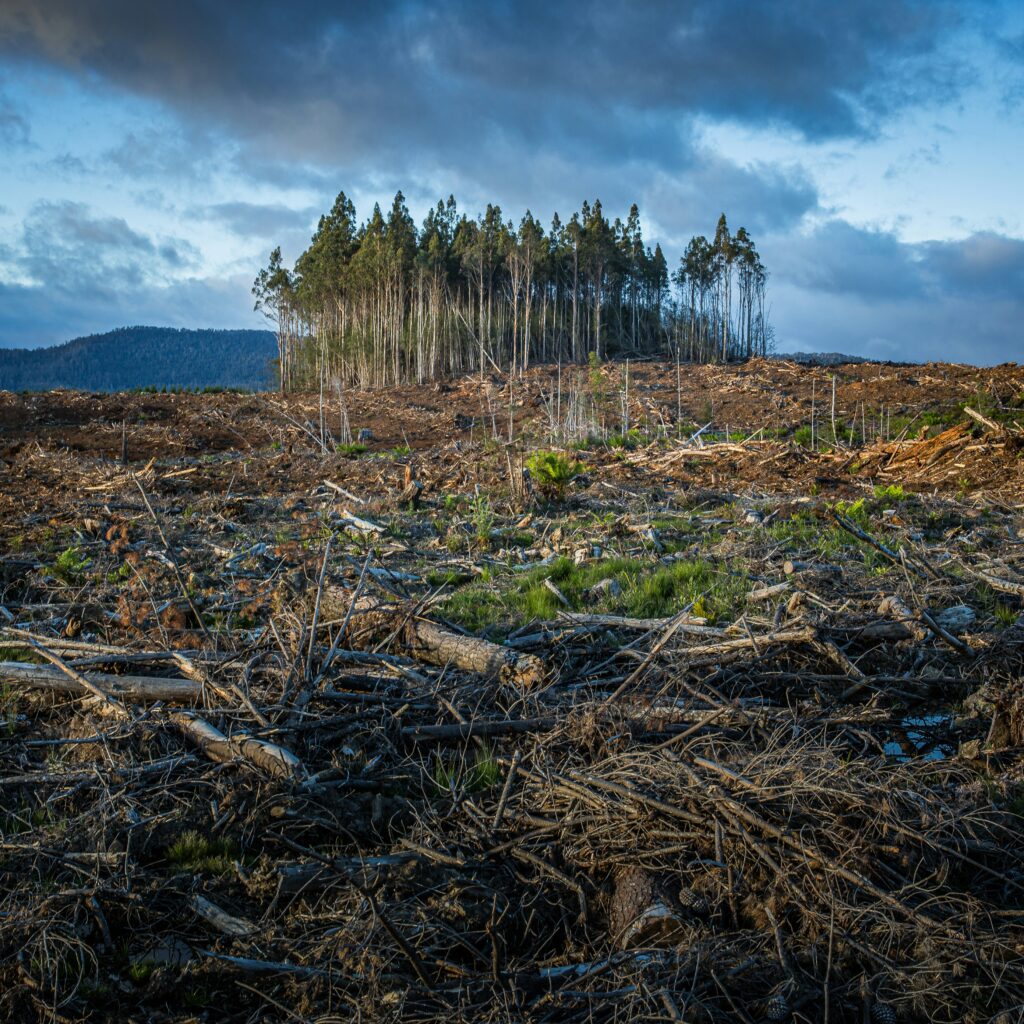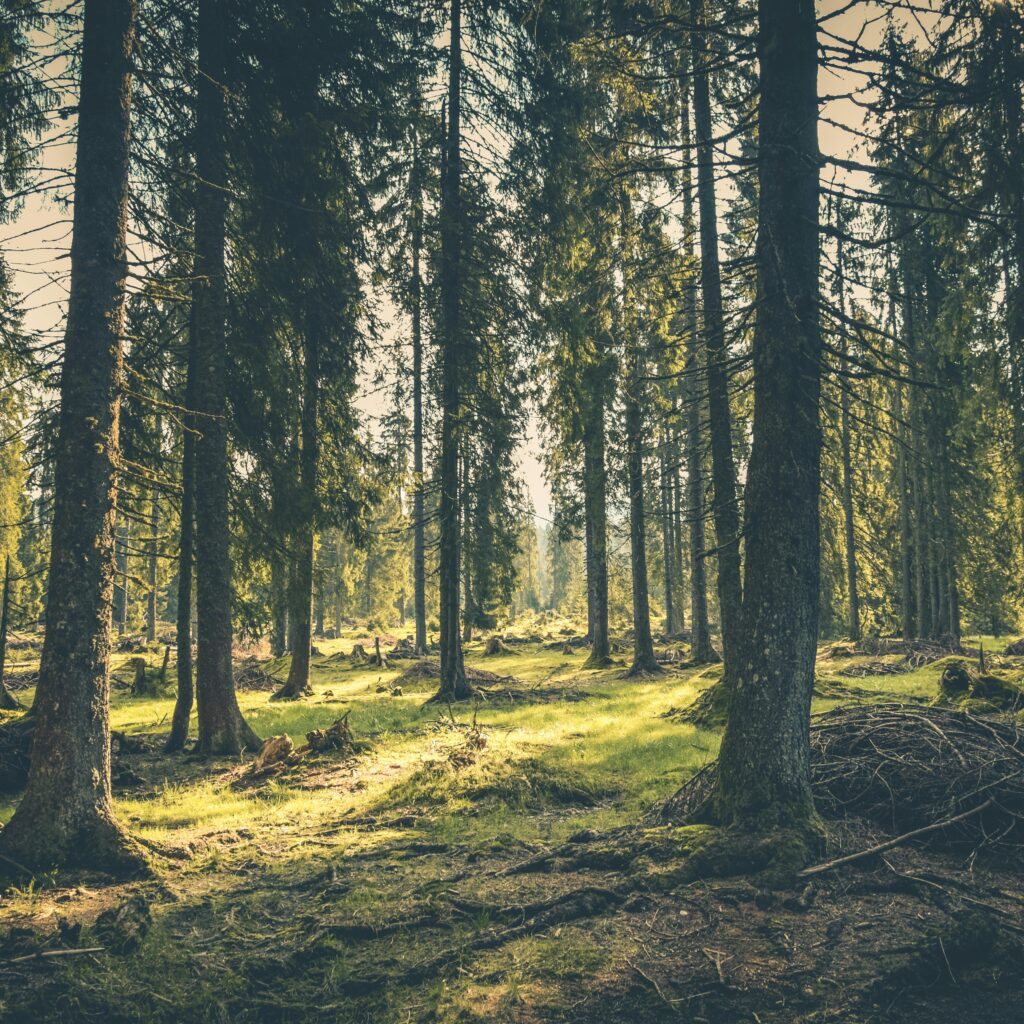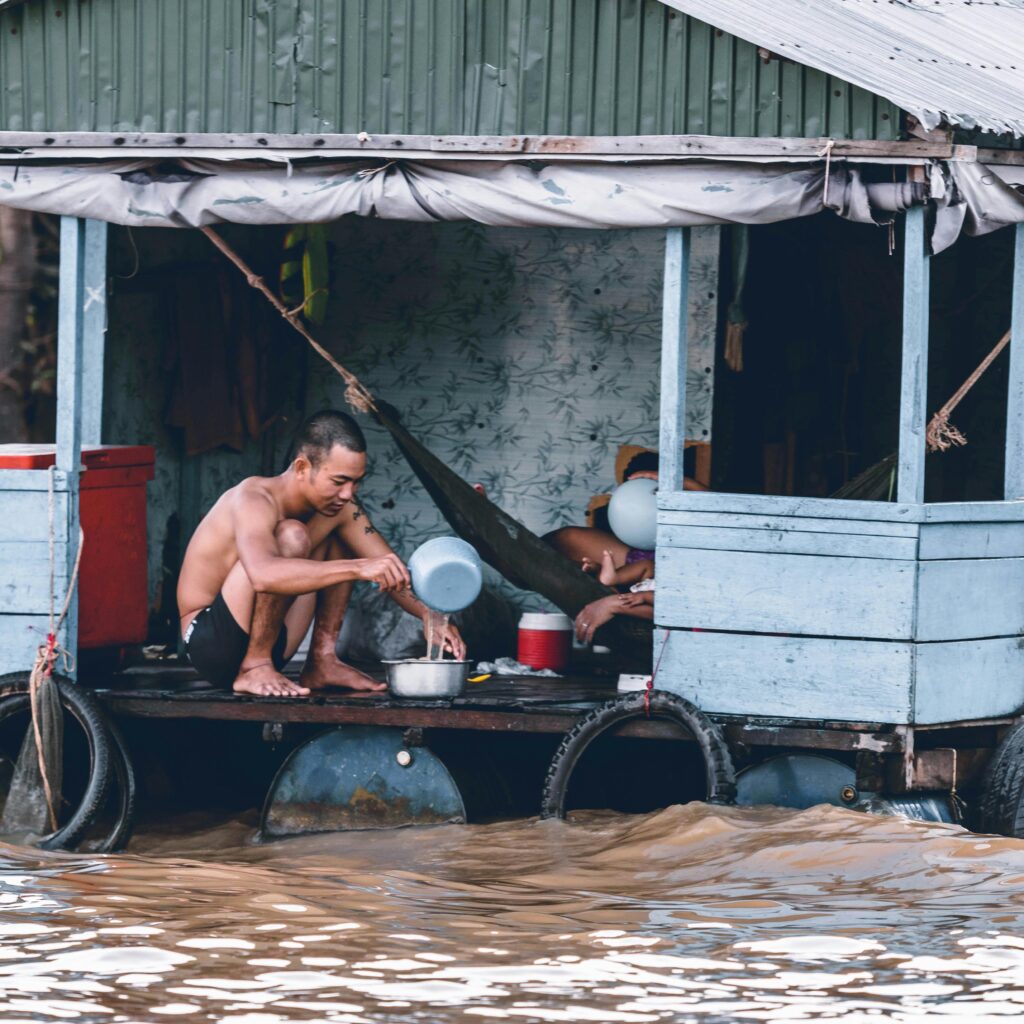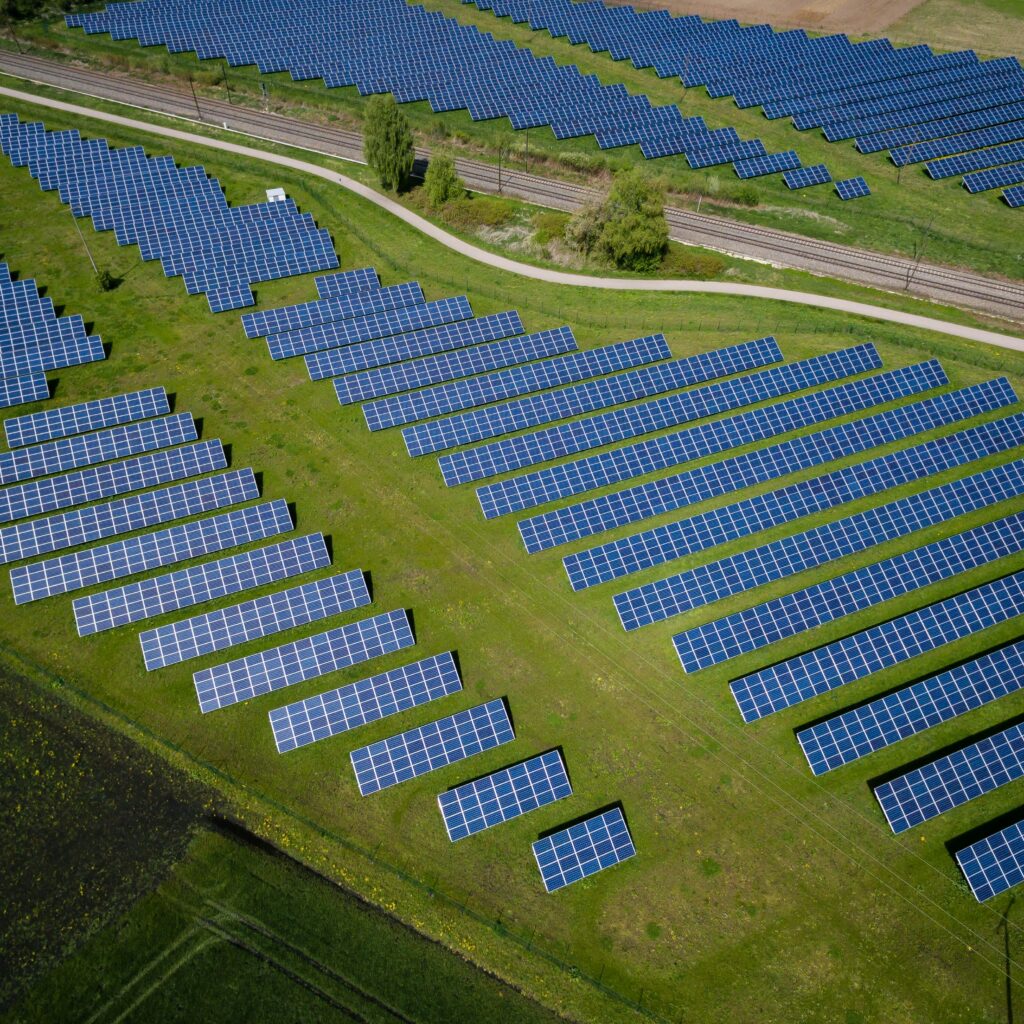Global warming refers to the steady shift in Earth’s climate, including its temperatures and weather trends. Naturally occurring forces once determined such patterns, but human action—burning fossil fuels, deforestation, and industrial manufacturing—is now chiefly responsible.
Causes of Climatic Change
These are caused by carbon dioxide (CO₂), methane (CH₄), and nitrous oxide (N₂O), which capture heat in the atmosphere and cause global warming.

Deforestation: Less forest translates to reduced CO₂ uptake and reduced naturalsource-basedclimate regulation.
Industrialization & Urbanization: Factories, vehicles, and energy production release vast amounts of greenhouse gases.

Global Impact
Rising Temperatures: The Earth’s average temperature is already around 1.1°C higher than during pre-industrial times.
Melting Ice & Rising Seas: Shrinking glaciers and ice caps are pushing sea levels up, endangering coastal communities.
Extreme Weather: Heatwaves, hurricanes, droughts, and floods are striking more and more often and with growing intensity.
Ecosystem Disturbance: Climactic changes threaten wildlife, fisheries, and crops around the world.
Climate Change and Floods
Floods are among the most obvious indicators of unstable climates. Around the world, from Pakistan and Bangladesh to Germany and China, countries have experienced catastrophic floods within recent years, resulting in mass displacement and loss of lives as well as damage to farmland and infrastructure. The scientists attribute such disasters to warmer air with increased moisture content to drive heavier precipitation and swollen rivers.

Lessening River Risks
- Afforestation & Wetland Restoration: Trees and wetlands function as sponges to absorb rainwater and to reduce floods.
- Smarter City Planning: Improved drainage systems, flood protection, and bans on building on high-risk locations lower deaths.
- Early Warning Systems: Preparing and evacuation are facilitated by timely alerting.
- Sustainable Agriculture: Techniques that decrease erosion and improve water absorption help to lessen flood consequences.
- Global Cooperation: Reducing emissions slows the rate of climate change, decreasing future floods’ impacts.
International Responses
- Paris Agreement (2015): Close to 200 nations agreed to curb temperature rise to well under 2°C, with the ambition of reaching 1.5°C.
- UN Climate Conferences (COP): Yearly summits that define international climate policy.
- Renewable Energy Expansion: Solar, wind, and hydro power reduce reliance on fossil fuels.
- Adaptation Projects: Community resilience is enhanced by reforestation, sustainable agriculture, and carbon-sequestration technology projects.

Conclusion
Climate change is not a future danger—it is redefining our planet right now. Governments, organizations, and scientists are taking action, and individuals count too. Tree planting, energy saving, and advocating for sustainable practices all help. Knowing the causes, consequences, and solutions allows us to all act together to lower risks and protect the planet for future generations.
